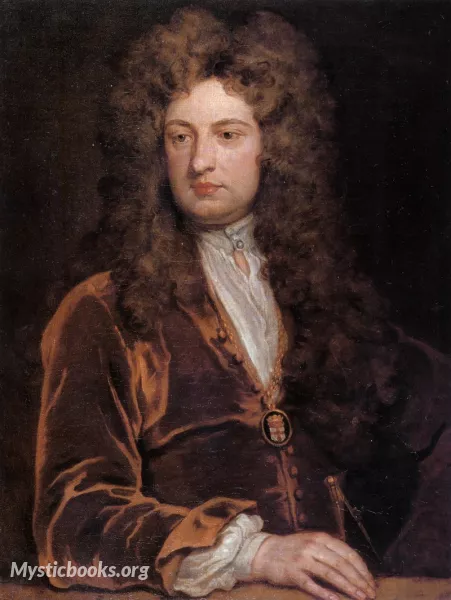
Timeline
Title
Country/Nationality
John Vanbrugh
Sir John Vanbrugh, an accomplished English architect, dramatist, and herald, left an indelible mark on the cultural landscape of 18th-century England. Renowned for his iconic architectural designs, particularly Blenheim Palace and Castle Howard, Vanbrugh's artistic contributions continue to inspire awe and admiration. This essay will delve into his life, principles, notable works, philosophy, and his lasting legacy.
Who was John Vanbrugh?
John Vanbrugh, born on January 24, 1664, in London, England, was a multi-talented figure of the late 17th and early 18th centuries. Initially trained as a soldier, he later transitioned to the realm of the arts, where he made significant contributions as an architect and dramatist. Vanbrugh's creative brilliance transcended conventional boundaries, leaving an everlasting impact on both the architectural and theatrical worlds.
Principles and Philosophy:
John Vanbrugh's architectural principles were rooted in the grandiose and extravagant. He championed the Baroque style, characterized by its monumental proportions, dramatic facades, and elaborate ornamentation. Vanbrugh believed that architecture should evoke awe and convey the power and status of its occupants. His designs often featured imposing facades, majestic interiors, and meticulous attention to detail, creating structures that seamlessly blended functionality with artistic expression.
Famous Works:
- Blenheim Palace: Undoubtedly, Vanbrugh's most celebrated work is Blenheim Palace, located in Woodstock, Oxfordshire. Commissioned by Queen Anne as a gift to the Duke of Marlborough, this monumental masterpiece showcases Vanbrugh's architectural prowess. Its grandeur, scale, and ornate design make it a UNESCO World Heritage site and a treasured symbol of national heritage.
- Castle Howard: Vanbrugh's design of Castle Howard in North Yorkshire cemented his reputation as a visionary architect. This palatial residence, known for its splendid Baroque and Palladian elements, captivates visitors with its symmetrical layout, magnificent facades, and stunning gardens. Castle Howard exemplifies Vanbrugh's ability to create awe-inspiring structures that seamlessly integrate with the natural landscape.
- The Queen's Theatre: Among Vanbrugh's theatrical works, The Queen's Theatre holds a special place. This iconic building, part of the Haymarket Theatre complex in London, was meticulously designed to provide optimal acoustics and sightlines for the audience. Vanbrugh's innovative approach to theater architecture emphasized both functionality and aesthetics, ensuring an immersive experience for theatergoers.
Legacy and Rememberance:
John Vanbrugh's architectural and theatrical contributions remain a testament to his creative genius. His work profoundly influenced the development of English architecture, inspiring future generations of architects to explore bold and imaginative designs. Vanbrugh's grand vision and ability to merge form with function have left an indelible mark on the architectural landscape of England.
Although Vanbrugh's architectural achievements secured his lasting legacy, his theatrical endeavors should not be overlooked. As a celebrated playwright, he penned numerous successful comedies, including "The Relapse" and "The Provoked Wife." His plays, characterized by sharp wit and satirical commentary on social norms, contributed to the evolution of English theater.
John Vanbrugh passed away on March 28, 1726, leaving behind a rich body of work that continues to inspire and awe audiences and architects alike. His profound impact on British culture and architecture is celebrated to this day, with his masterpieces standing as lasting testaments to his visionary talent.
Books by John Vanbrugh

The Provoked Wife: A Comedy
This engaging play explores the intricacies of marriage and societal expectations with a clever blend of wit, satire, and uproarious humor. Written in 1697, "The Provoked Wife" was an instant success during its time and continues to captivate audien...